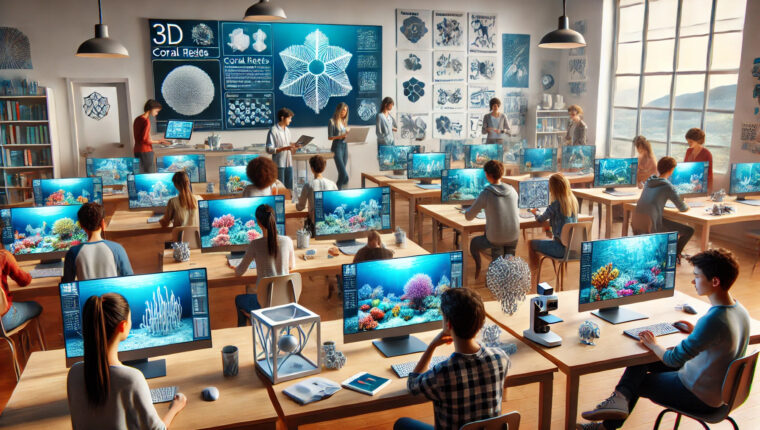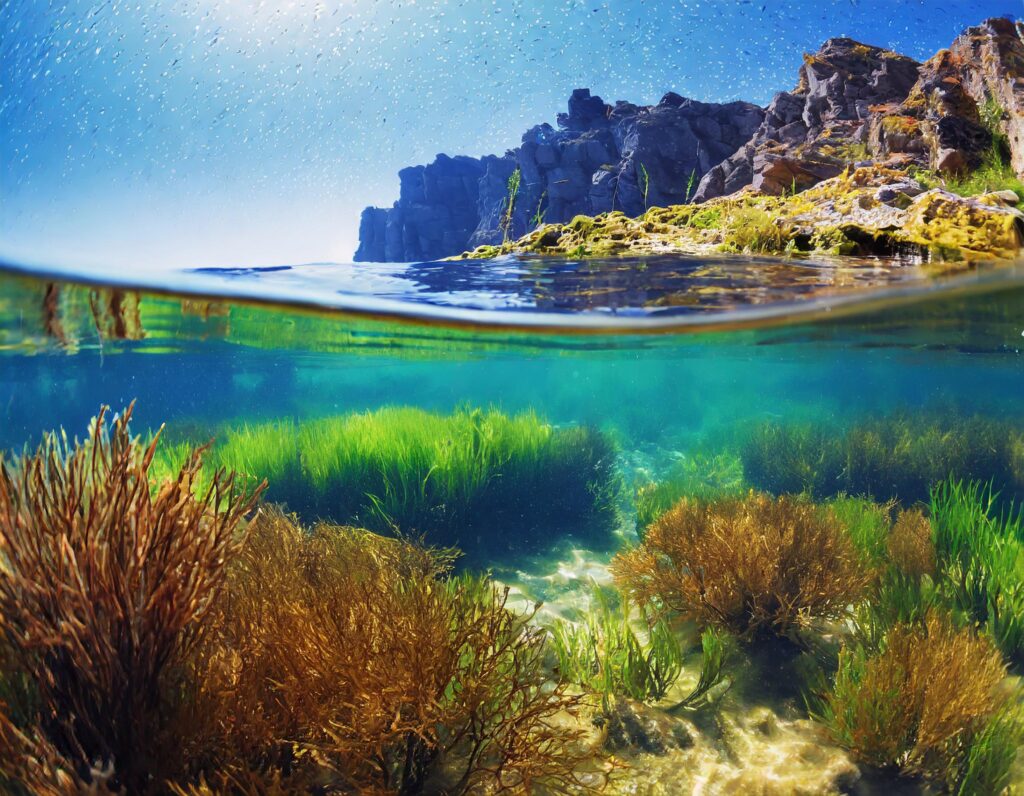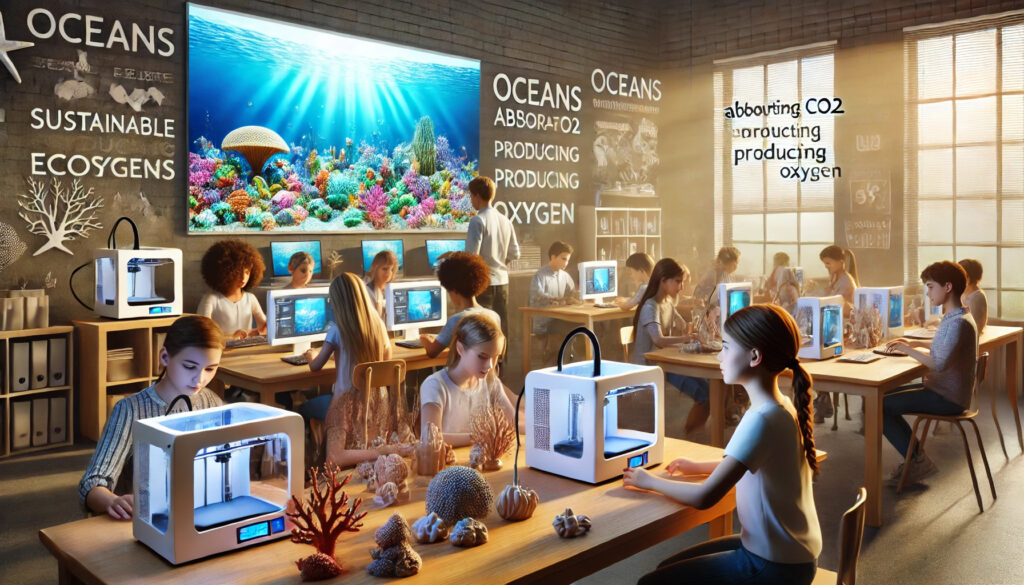
Engaging Students in Recreating a Sustainable Marine Ecosystem
Did you know that oceans absorb more than 25% of the CO2 emitted by human activities, while generating more than half of the oxygen we breathe? They indeed play a major role in stabilizing the Earth’s climate system… but that’s becoming a lot to take in. The more we degrade them, the less they can do to help.
In today’s rapidly evolving technological landscape, educators have a unique opportunity to inspire the next generation of environmental stewards. As STEM teachers, you play a crucial role in fostering a sense of curiosity and responsibility in your students. One innovative way to do this is by incorporating 3D software and 3D printing into your curriculum to recreate sustainable marine ecosystems. This approach not only enhances students’ technical skills but also deepens their understanding of marine biology and environmental conservation.
The Importance of Sustainable Marine Ecosystem

Marine ecosystems are vital to the health of our planet. They provide numerous benefits, including oxygen production, climate regulation, and resources for food and medicine. However, these ecosystems face significant threats from pollution, overfishing, and climate change. Educating students about the importance of preserving marine life is essential for fostering a generation that values and protects our oceans.
Why Use 3D Software and Printing?
1. Visualization and Understanding
3D software allows students to visualize complex marine ecosystems in a detailed and interactive manner. For instance, they can use SOLIDWORKS Apps for Kids to design various marine organisms and habitats, providing a hands-on learning experience that traditional textbooks cannot offer.
2. Creativity and Innovation
By using 3D software, students can unleash their creativity and design innovative solutions to real-world problems. For instance, they can model coral reefs, simulate the impact of environmental changes, and develop prototypes for devices that could help clean up ocean pollution. If they don’t have 3D software, they can use free models to download like these ones or those ones.
3. Practical Application
3D printing brings digital designs to life, giving students a tangible understanding of their work. Printing models of marine organisms and ecosystems can help students better grasp biological structures and functions. Moreover, creating physical models fosters collaboration and teamwork, as students work together to solve problems and improve their designs.
Implementing 3D Software and Printing in the Classroom

Step 1: Introduce the Basics
Begin by introducing students to the basics of 3D design and printing. Use beginner-friendly software like SOLIDWORKS Apps for Kids, which is designed to be intuitive and engaging for younger audiences. Provide tutorials and resources to help students become comfortable with the tools.
Step 2: Integrate Marine Biology Concepts
Once students are familiar with the software, integrate lessons on marine biology. Teach them about different marine species, their habitats, and the challenges they face. Encourage students to research and select a marine organism or ecosystem to recreate using 3D software.
Step 3: Design and Print Models
Guide students through the process of designing their chosen marine organism or ecosystem. Emphasize the importance of accuracy and detail in their models. Once the designs are complete, use a 3D printer to bring their creations to life. This step will excite students as they see their digital designs transformed into physical objects.
Step 4: Discuss Sustainability
After printing the models, facilitate discussions on sustainability and conservation. Ask students to consider how their designs could contribute to protecting marine ecosystems. For example, they could design artificial reefs that promote coral growth or create models that illustrate the impact of pollution on marine life.
Step 5: Showcase and Reflect
Finally, showcase the students’ work through a classroom exhibit or a virtual gallery. Encourage students to present their models and explain the significance of their designs. Reflect on the learning process and the importance of using technology to address environmental challenges.
Conclusion
Incorporating 3D software and printing into STEM education offers a dynamic and engaging way to teach students about sustainable marine ecosystems. By combining technology with environmental science, you can inspire your students to become innovative problem-solvers and dedicated stewards of our planet. As we look to the future, it is essential to equip the next generation with the skills and knowledge needed to protect and preserve our marine ecosystems for years to come.
Back to Blog
